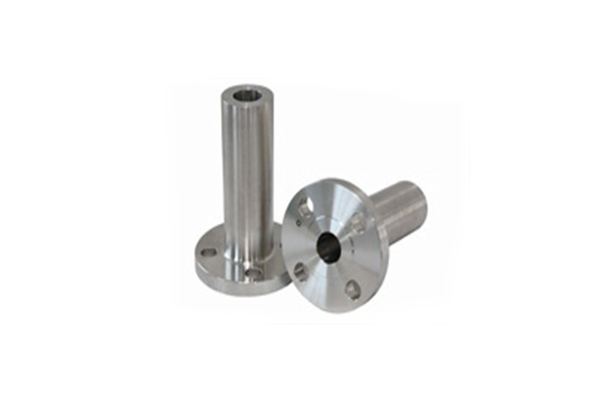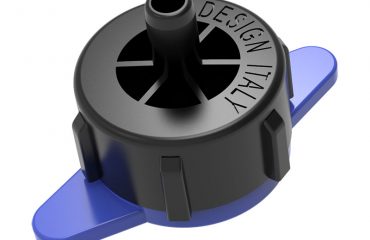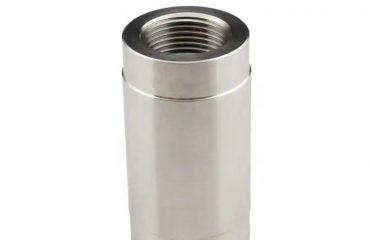
Stainless steel flanges are widely used in various industries due to their durability, strength, and corrosion resistance. These flanges are designed to connect pipes, valves, and other equipment in a piping system, providing a secure and leak-proof connection. With a wide array of stainless steel flange options available in the market, it is important to understand the different types and their applications.
Weld neck flanges are one of the most common types of flanges used in piping systems. These flanges have a long tapered hub that provides an easy transition from the flange to the pipe. They are welded to the pipe, providing a strong connection and reducing stress concentration. Weld neck flanges are commonly used in high-pressure and high-temperature applications, such as oil and gas, petrochemical, and power plant industries.
Slip-on flanges are easy to install and have a low initial cost, making them popular in industries where frequent assembly and disassembly are required. These flanges slip over the end of a pipe and are then welded in place. Slip-on flanges are mainly used in low-pressure applications and are commonly used in water treatment and general plumbing.
Socket weld flanges are similar to slip-on flanges in terms of installation, but they provide a better flow capacity due to a smooth bore and a better sealing surface. These flanges are welded to the pipe and have a socket-like design that allows for a smooth flow of fluid. Socket weld flanges are commonly used in industries such as chemical, pharmaceutical, and food processing.
Lap joint flanges are designed to be easily aligned and bolted together with a stub end or lap joint ring. These flanges are commonly used in systems that require frequent dismantling and cleaning. Lap joint flanges are commonly used in industries such as pulp and paper, marine, and wastewater treatment.
Threaded flanges have internal threads that allow them to be screwed onto the pipe. These flanges are used in low-pressure applications and are commonly found in plumbing systems and small diameter piping.
Blind flanges are used to close off or seal the end of a piping system. These flanges do not have a center hole and are commonly used to provide access to the pipeline for inspection, cleaning, or maintenance. Blind flanges are commonly used in industries such as chemical processing, oil and gas, and water treatment.
When choosing a stainless steel flange, it is important to consider factors such as pressure rating, temperature range, and the compatibility of the flange material with the fluid being transported. Stainless steel flanges are available in various grades, including 304, 316, and 321, each offering different levels of corrosion resistance and mechanical properties.
 Language
Language Espanol
Espanol English
English Italian
Italian عربى
عربى
 Skype: chinamaker99
Skype: chinamaker99  Tel: 86-316-5120812
Tel: 86-316-5120812 Email:
Email:  Whatsapp:
Whatsapp: 
